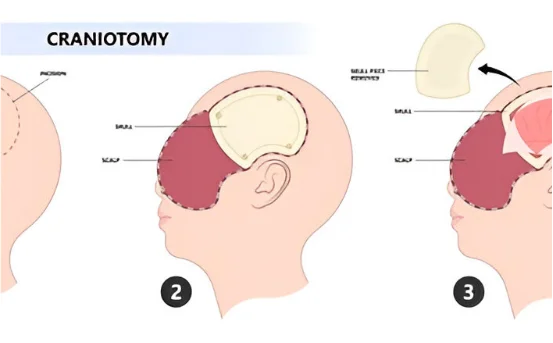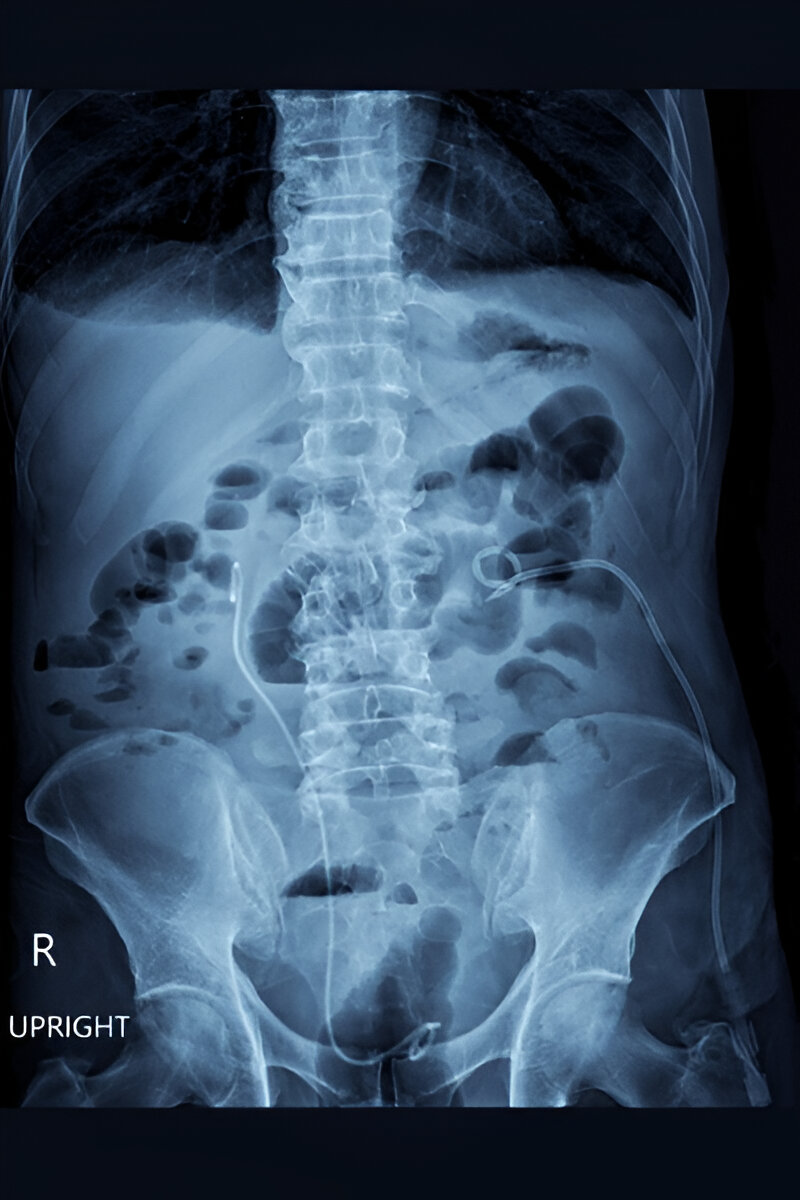The Arteriovenous Malformation (AVM) is an uncommon but serious condition that causes an abnormal blood vessel tangle that connects veins and arteries, which disrupts the flow of blood and oxygen flow. The malformations can be found everywhere in the body however they are typically found in the brain as well as the spinal cord.
While some AVMs are unaffected, some could cause headaches, seizures, and neurological signs, or sometimes life-threatening hemorrhages. Treatment options depend on the location of the AVM size, location, and risk factors; however, surgery is a key element for a definitive treatment, particularly when the likelihood of rupture is high. The treatment for arteriovenous malformation surgery is critical for managing these risks.
Why Is AVM Surgery Required?
- Preventing Hemorrhage :- One of the most serious dangers associated with AVM is its rupture. It may result in internal bleeding particularly inside the brain (intracranial hemorrhage). A ruptured AVM could result in death or lasting neurological damage. Surgery is usually recommended to avoid this potentially fatal event.
- Managing Symptoms :- Patients who have not ruptured AVMs might still be experiencing symptoms that include:
- Chronic headaches
- Seizures
- Speech or vision disturbances
- A weakness or numbness in the legs
If the symptoms are serious or progressive, then surgery may be required to lower the pressure on your nerves and return normal function.
Types of AVM Surgical Treatments
Treatment for Arteriovenous Malformation Surgery Options
The most effective treatment method is determined by the size of the AVM as well as its location and its complexity and the patient’s age and general health. Here are the most commonly used surgical procedures used for dealing with AVM:
- Microsurgical Resection
It is the most straightforward and complete treatment option where the AVM is eliminated from brain via an open procedure.
How It Works:
-
- A craniotomy procedure is used for the purpose of exposing the brain.
- The surgeon employs an instrument to cut then remove the AVM.
Microsurgery can be a preferred treatment for arteriovenous malformation surgery due to its effectiveness.
- A blood vessel is sealed off to stop bleeding.
Ideal For:
- Small to medium AVMs from small to medium
- AVMs are found in non-eloquent (less dangerous) regions of the brain
Advantages:
- The immediate elimination of AVM
- Long-term risk of recurrence is lower.
Risks:
- Bleeding
- Deficits in the brain (if AVM is near critical areas)
- Endovascular Embolization
The procedure is minimally in-invasive that is often utilized prior to surgery, or as a stand-alone treatment for AVMs with smaller sizes.
Endovascular embolization is another viable treatment for arteriovenous malformation surgery.
How It Works:
- A catheter is inserted through blood vessels and then to an AVM’s site.
- A substance that resembles glue or coils are released to stop the blood flow that is abnormal.
Ideal For:
- Deep-seated AVMs
- AVMs are not suitable for open surgery.
Advantages:
- Very minimally invasive
- The reduced blood flow makes surgical procedures safer
Limitations:
- It is possible to not completely eliminate the AVM
- Oft, it is utilized as part of a mix treatment
- Stereotactic Radiosurgery (Gamma Knife/CyberKnife)
This non-invasive procedure utilizes focused radiation to slowly shut off AVM vessels over a period of 2-3 years.
Stereotactic radiosurgery is considered a non-invasive treatment for arteriovenous malformation surgery.
How It Works:
- High-dose radiation beams aim precisely towards the AVM.
- The abnormal vessels are scarred and then close with time.
Ideal For:
- Small AVMs that are located in the sensitive or dense brain areas
- Patients with high-risk surgical candidates
Advantages:
- No incision required
- Reduced risk of complications that can occur immediately
Disadvantages:
- It takes a long time for results to show up
- Not effective for large AVMs
Risks and Considerations Before AVM Surgery
Before beginning AVM surgery both patients and doctors should weigh the potential risks against. advantages. Although surgical techniques have vastly advanced, there remain certain issues to keep in your mind:
Understanding the risks of surgery is important in the treatment for arteriovenous malformation surgery process.
Possible Risks:
- Stroke
- Infection
- Bleeding
The loss of brain function depends on AVM place
Pre-Surgical Preparation:
- Brain imaging (MRI, CT angiography)
- Evaluation of the neurologic system
- Planning for pain management and seizures
An interprofessional team that includes radiologists, neurosurgeons, and neurologists frequently work together to select the most secure and most efficient treatment approach.
Recovery After AVM Surgery
The outcome of surgery is contingent on the kind of procedure performed and the overall health of the patient. Here’s what you can be prepared for:
In-Hospital:
The recovery process is crucial following treatment for arteriovenous malformation surgery.
- Three to ten days in hospital
- Monitor for neurological changes
- Treatment of infections and pain
At Home:
- Check-up images to confirm removal of AVM
- Physical therapy to treat any speech or motor impairments
- Anti-seizure medications (if needed)
- The majority of patients are able to resume their normal activities in a matter of weeks or months, however, regular care is essential to avoid any complications.
Conclusion
Treatment for arteriovenous malformations has significantly improved, delivering lifesaving outcomes as well as a drastic decrease in rupture risk for a large number of patients. Although not all AVM needs surgery, for those with a high risk or symptoms surgical treatment is an option that is efficient and long-lasting solutions available.
Investing time in the right treatment for arteriovenous malformation surgery can yield significant benefits.
With advances in microsurgery embolization and radiosurgery, treatments can now be customized exactly to the individual’s requirements which reduces risks while maximizing outcomes.
Consulting with experts about the latest options in treatment for arteriovenous malformation surgery is essential.
If you or someone close to you is identified with AVM It is essential to speak with a specialist neurosurgeon to determine the most effective option for treatment. A timely intervention can make a huge difference.
Ultimately, prompt and effective treatment for arteriovenous malformation surgery can greatly enhance patient outcomes.























